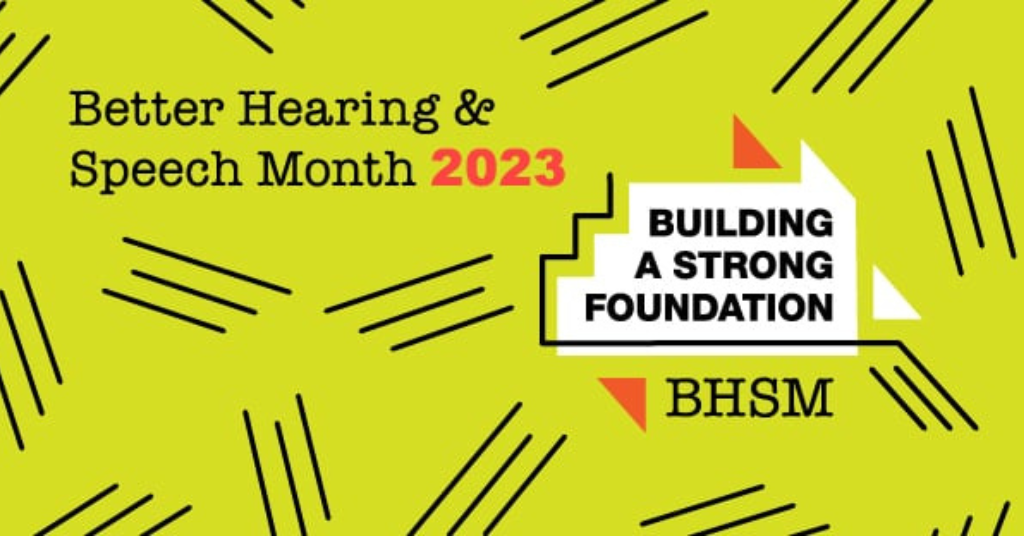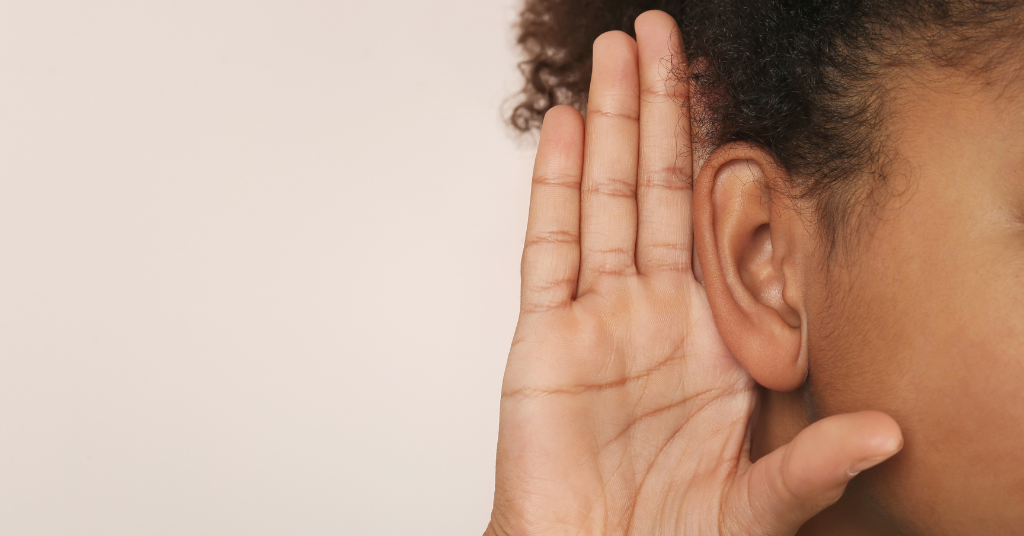
Are hearing loss and dementia linked?
March 1, 2018
‘The Silent Child’ wins Oscar for Live Action Short Film
March 5, 2018World Hearing Day 2018: How we can prevent hearing loss in the future

World Hearing Day is happening tomorrow and this year’s the theme is ‘Hear the Future’.
The World Health Organization (WHO) and other organizations across the globe will come together to raise awareness about hearing loss. Specifically about the predicted rise in the number of people with hearing loss around the world in the coming years and how hearing loss may be prevented.
According to WHO, “Millions of people around the world have hearing loss that could be treated or prevented by public health measures which can effectively reduce hearing loss.”
The numbers don’t stop there. Also, WHO states that the younger generation (ages 12-35), making up more than one billion people, are at risk of hearing loss from noise exposure.
The risk includes exposure to loud sounds in noisy entertainment venues and on personal audio devices.
What can you do to make your listening experience safe in noisy environments?
Top tips:
- Limit the time spent engaged in activities in noisy places. Wear earplugs when in noisy places (e.g. sporting events, concerts, and other noisy places).
- Monitor and respect safe listening levels.
- Use noise-canceling earphones/headphones as these can reduce the need to raise the volume when you are in a noisy environment, such as when traveling on a train or bus.
- Monitor and respect safe listening levels.
To help protect people’s hearing in noisy venues, such as nightclubs, bars, arenas, and sporting events, WHO is working with partners to develop a regulatory framework to promote safe listening spaces.
Read more: How to recognise and protect yourself from dangerous sounds
What can you do to make your listening experience safe when listening to music via headphones?
- Keep the volume down and stay within the 85 dB limit.
- Limit the daily use of your personal audio devices (to no more than 8 hours).
- Use noise-canceling earphones/headphones. They can reduce the need to raise the volume when you are in a noisy environment, such as when traveling on a train or bus.
- Get regular hearing check-ups.
As part of its prevention strategy, WHO is launching a mobile app that helps users learn what safe listening is. Users of the MaLiSa app can play their music via the app, allowing them to monitor their listening levels to ensure that they are within safe limits.
In addition to the development of the app, WHO and other partners are working towards implementing new standards which will regulate exposure to loud sounds through personal audio devices. (The standards are expected to be launched in 2018.)
What can you do as a parent to ensure safe listening for your child?
WHO calls for parents to be role models for their children when it comes to protecting hearing and creating safe listening spaces.
WHO states: “You should make sure that your children avoid the use of headphones when possible and use only headphones that provide information about the risks of hearing loss. Parents should also ensure that their children do not increase the volume when they are not supervised. Some devices may be equipped with parental control that allows parents to control the loudness level of the device.”

What you can do
Help to spread the word about World Hearing Day on social media by using the hashtag #HearTheFuture. With each post, share or like, we draw even more people’s attention to this very important issue.
Learn more about World Hearing Day here!




